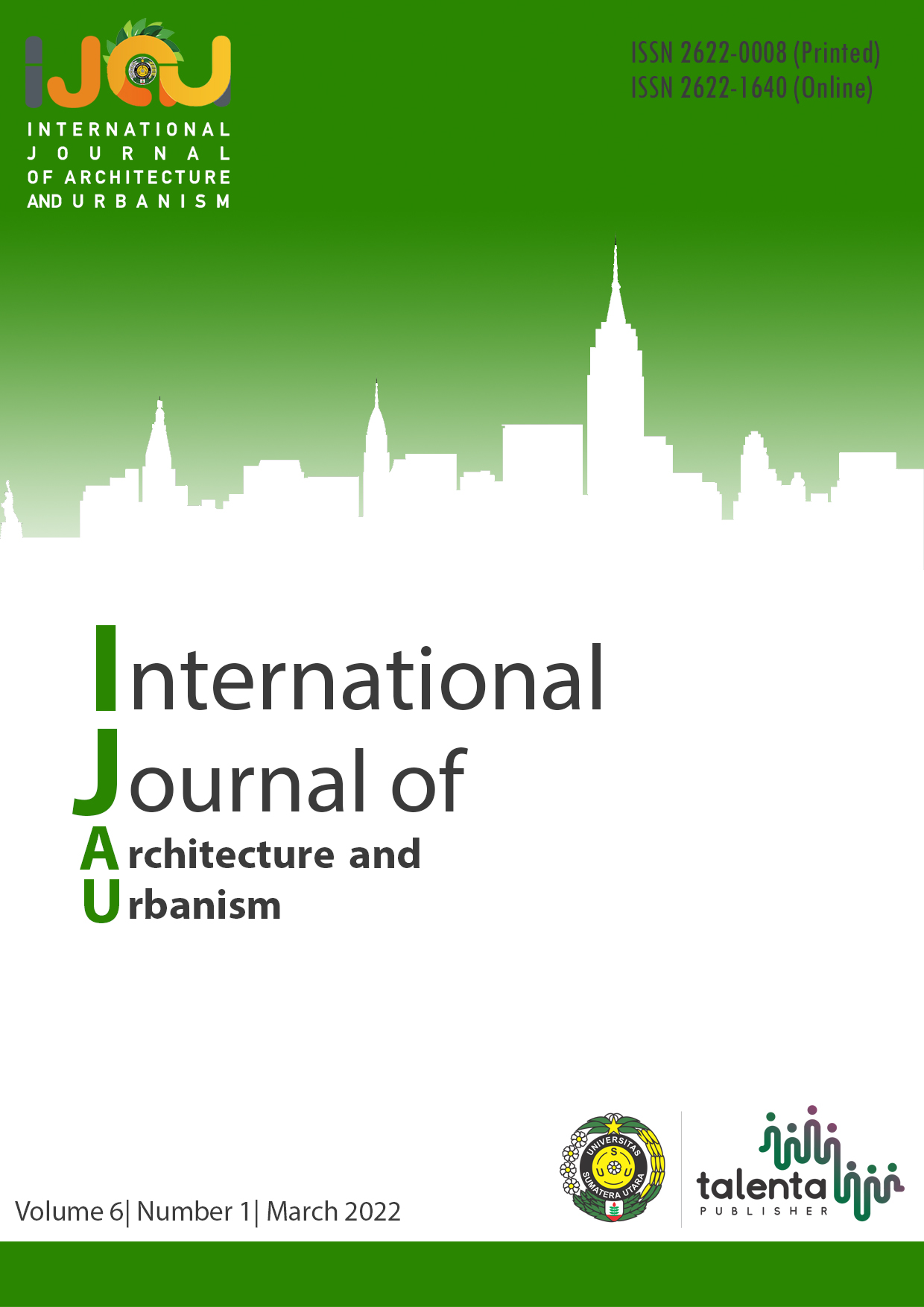Study on the Application of Biophilic Architecture in the Design of Creative Industry Center Buildings
DOI:
https://doi.org/10.32734/ijau.v6i1.8671Keywords:
biophilic architecture; creative industry; creative spaceAbstract
The era of globalization has made it easier for the Indonesian people to access various information that has changed the way people view the education system, especially in the creative industry sector. Creative industries are industrial products that go through the process of developing creative ideas to produce innovative products. But the problem that often occurs is that there are no creative ideas due to the unsupportive atmosphere of the space. Biophilic architecture creates areas that can help everyone focus, improve physical and mental health, improve mood, help reduce stress, provide a positive physiological response, arouse curiosity, refresh memory and problem-solving skills, and need exploration. The method used in this study is a descriptive analysis method with a qualitative approach, with the initial step of collecting data in physical, non-physical data, and application development regulations through observation of the design site and literature review. This study aims to find out how the application of biophilic designs in creative industrial buildings creates a creative environment and optimizes human needs for green open spaces based on theoretical studies. This research will produce design concepts that can be input for the Medan city government
Downloads
Downloads
Published
How to Cite
Issue
Section
License
Copyright (c) 2022 International Journal of Architecture and Urbanism

This work is licensed under a Creative Commons Attribution-ShareAlike 4.0 International License.


.png)










